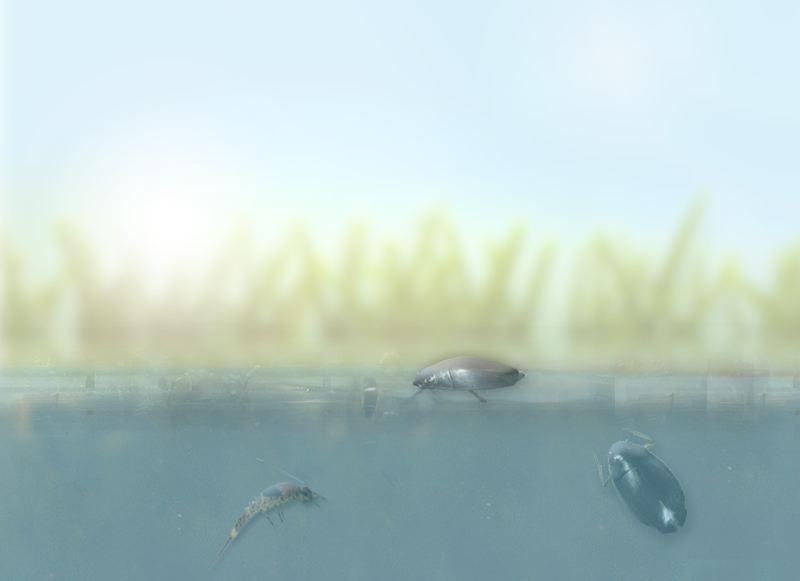Clingers: Holding fast in rushing water
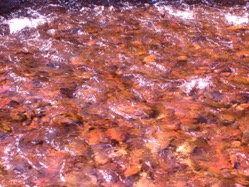



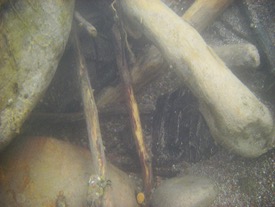
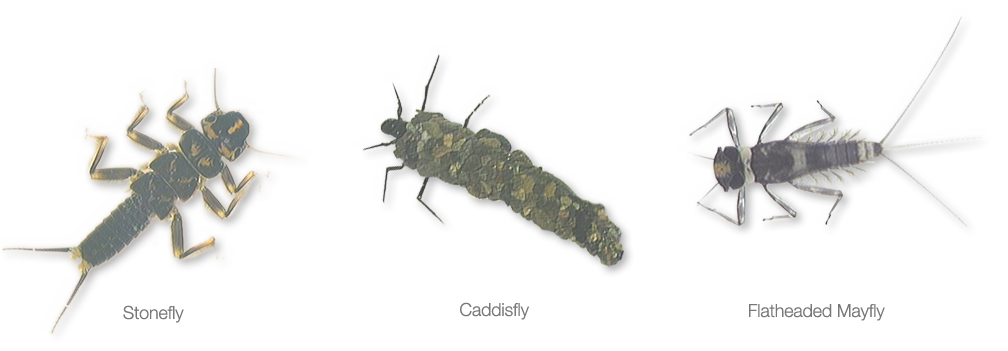
Climbers live in the slower parts and edges of streams, especially in places where the bottom is silty and there are roots, aquatic plants, or filamentous algae to climb on. Examples of climbers include dragonfly larvae, damselfly larvae, some riffle beetles, and larvae of some of the small squaregilled mayflies.
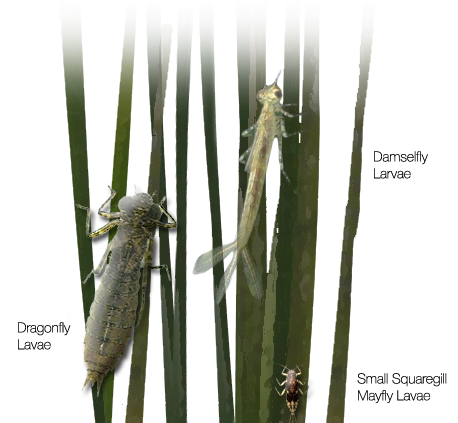
These insects spend their larval stages burrowing into silt, clay, or silty-sand along the slower reaches and bank areas of streams where they feed on microorganisms in the sediments. They include burrowing mayflies and some dragonflies, lots of midges, a few caddisflies, and some beetles.
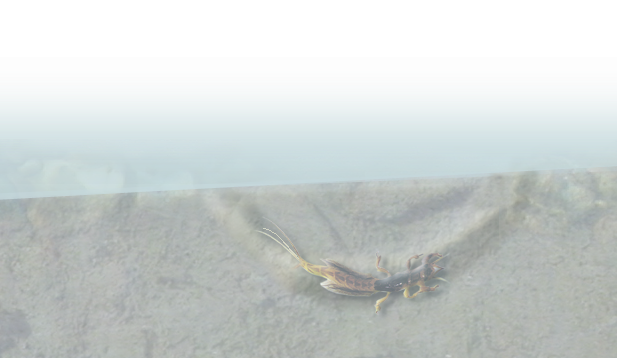
Floaters have to stay at or return frequently to the water surface in order to breath. They include fly pupae and fly larvae like mosquitoes, Dixid midges and marsh flies.
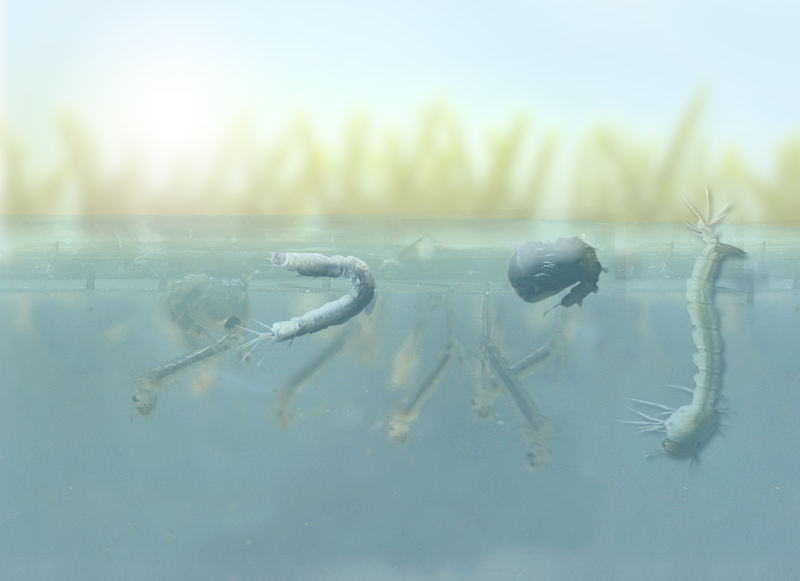
The habitat for swimmers is the entire water column. Most water beetles and water bugs come to the surface periodically to breath air and are excellent swimmers. Legs are often oar-like and have swimming hairs to increase their surface area. The larvae of minnowlike and pronggill mayflies are also good swimmers, as are some case-making caddisflies and midges.
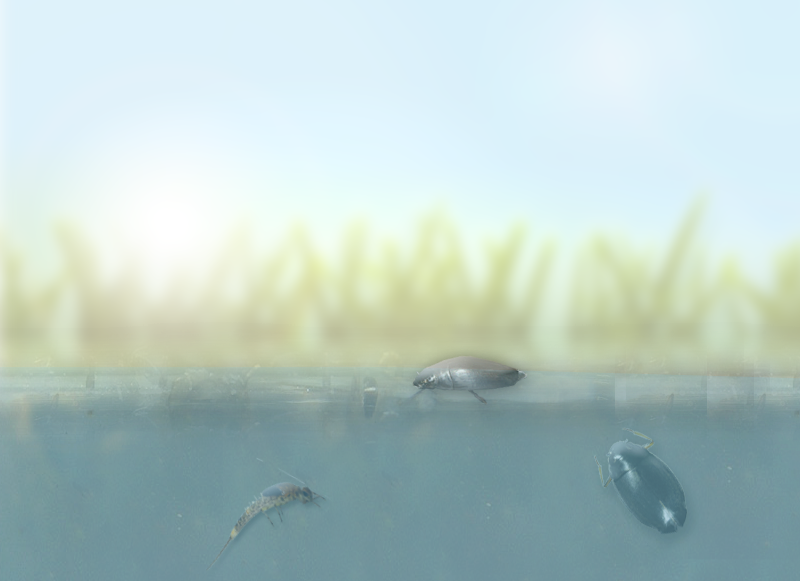



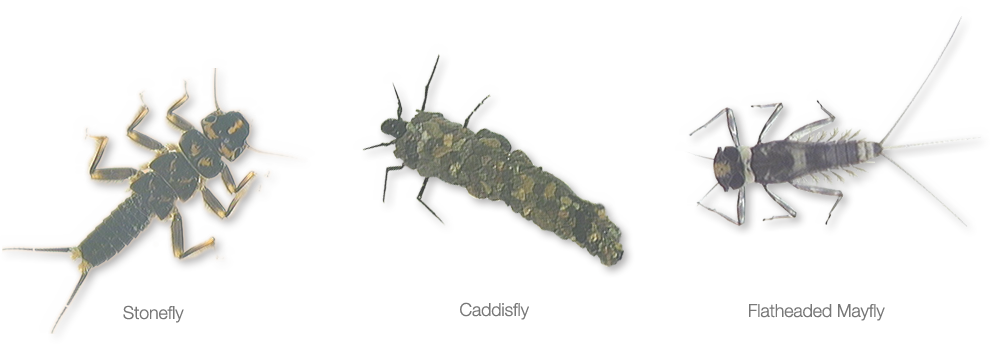
Climbers live in the slower parts and edges of streams, especially in places where the bottom is silty and there are roots, aquatic plants, or filamentous algae to climb on. Examples of climbers include dragonfly larvae, damselfly larvae, some riffle beetles, and larvae of some of the small squaregilled mayflies.
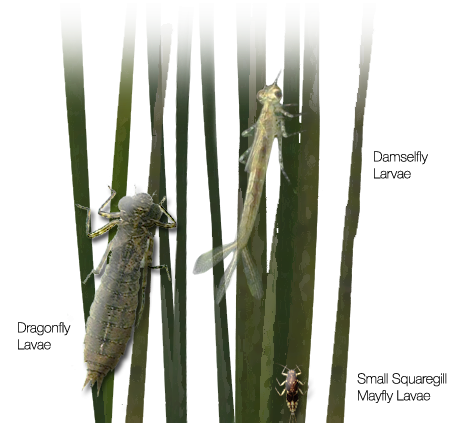
These insects spend their larval stages burrowing into silt, clay, or silty-sand along the slower reaches and bank areas of streams where they feed on microorganisms in the sediments. They include burrowing mayflies and some dragonflies, lots of midges, a few caddisflies, and some beetles.
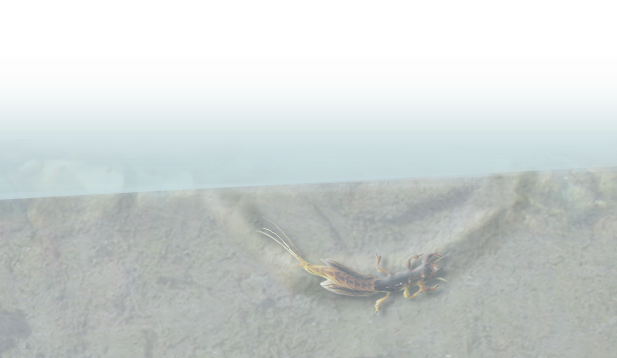
Floaters have to stay at or return frequently to the water surface in order to breath. They include fly pupae and fly larvae like mosquitoes, Dixid midges and marsh flies.
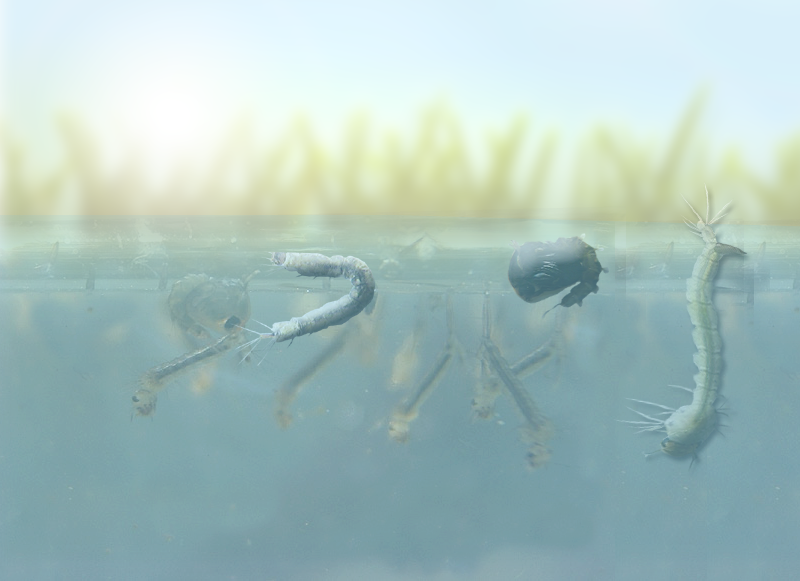
The habitat for swimmers is the entire water column. Most water beetles and water bugs come to the surface periodically to breath air and are excellent swimmers. Legs are often oar-like and have swimming hairs to increase their surface area. The larvae of minnowlike and pronggill mayflies are also good swimmers, as are some case-making caddisflies and midges.
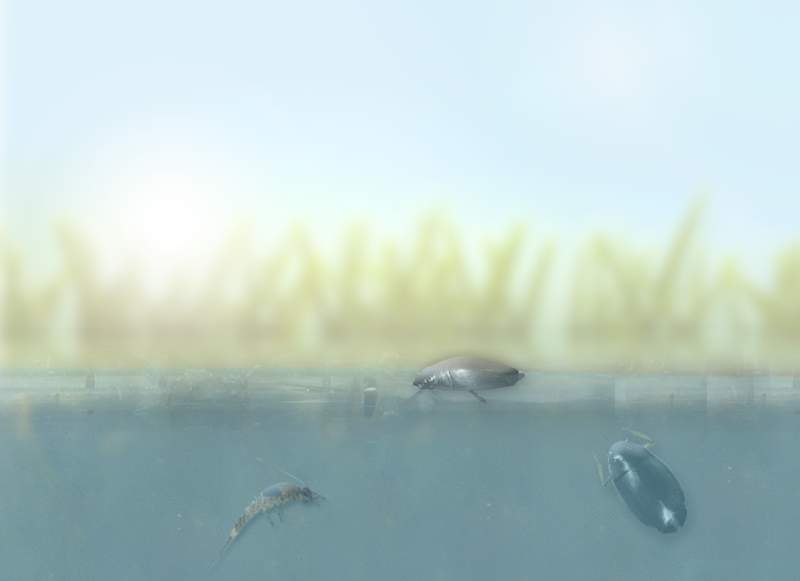
Caddisflies, stoneflies, mayflies, and a host of other aquatic insects feed native trout, birds, and the reptiles and amphibians that live on the Jocko. They also tell us how healthy the river is. Knowing where they live and why is key to understanding the river.
The habitat of some aquatic insects is atop a rock in the fastest moving water of the stream. These are the clingers, and they hold on by different means. Some riffle beetles and long-toed beetles and some minnow-like mayfly larvae have grasping tarsal claws on their feet. Others, like net-spinning caddisflies and midges have hooks at the end of their abdomens. Some, like certain flat-headed mayflies, have discs on the underside of their belly that allow them to attach to rocks. Others, like blackflies, have attachment discs at the end of their bodies. Some caddisflies just cement their cases to the rocks.

The habitat of crawlers is rock, sand, wood, or leaves in running and still waters—in other words, just about any place in a stream except where there is extremely fast water. Living on the underside of rocks are crawlers like some of the flatheaded mayflies, stoneflies, and some case-making caddisflies. Living in porous areas of rocks are another group of crawlers that includes the larvae of some midges, stoneflies, and spiny mayflies. And living in sand you can find yet another group: certain dragonfly larvae, flatheaded mayflies, and some species of case-making caddis.
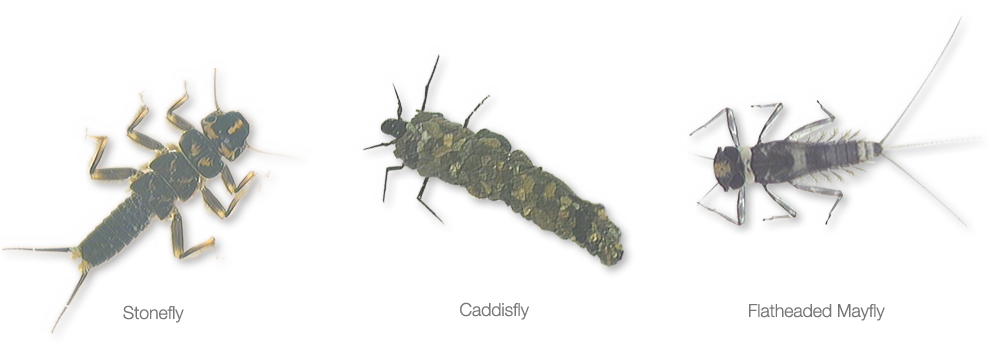
Climbers live in the slower parts and edges of streams, especially in places where the bottom is silty and there are roots, aquatic plants, or filamentous algae to climb on. Examples of climbers include dragonfly larvae, damselfly larvae, some riffle beetles, and larvae of some of the small squaregilled mayflies.
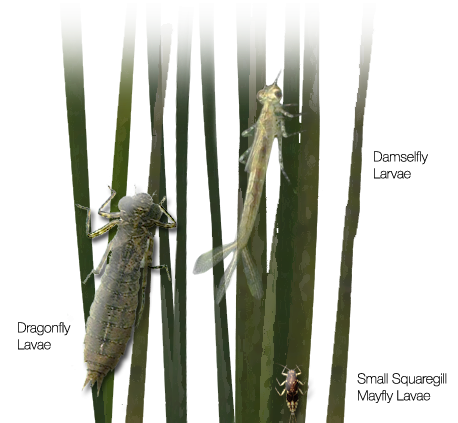
These insects spend their larval stages burrowing into silt, clay, or silty-sand along the slower reaches and bank areas of streams where they feed on microorganisms in the sediments. They include burrowing mayflies and some dragonflies, lots of midges, a few caddisflies, and some beetles.
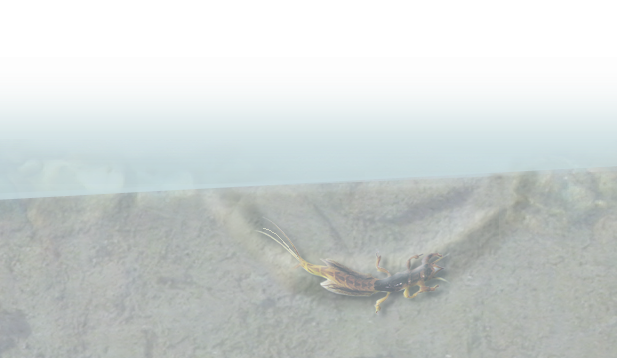
Floaters have to stay at or return frequently to the water surface in order to breath. They include fly pupae and fly larvae like mosquitoes, Dixid midges and marsh flies.
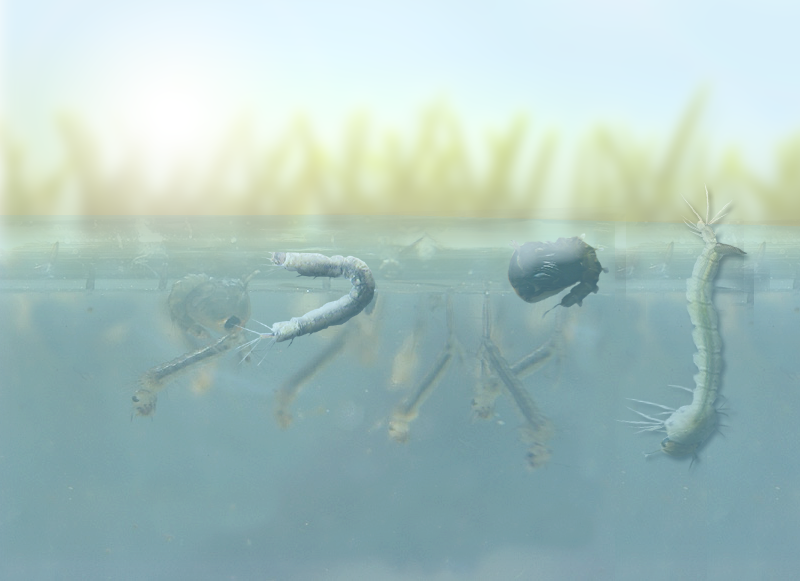
The habitat for swimmers is the entire water column. Most water beetles and water bugs come to the surface periodically to breath air and are excellent swimmers. Legs are often oar-like and have swimming hairs to increase their surface area. The larvae of minnowlike and pronggill mayflies are also good swimmers, as are some case-making caddisflies and midges.
